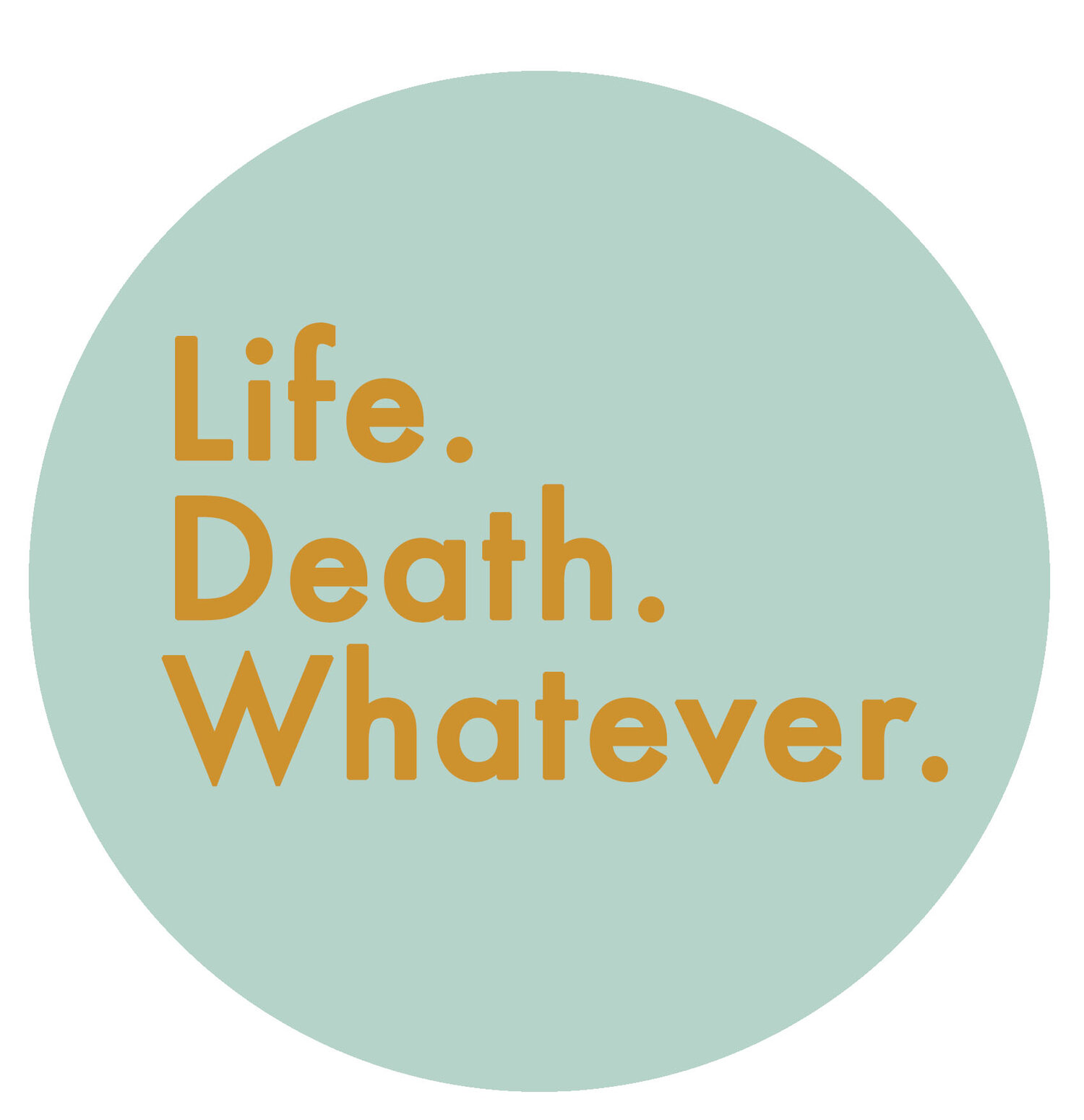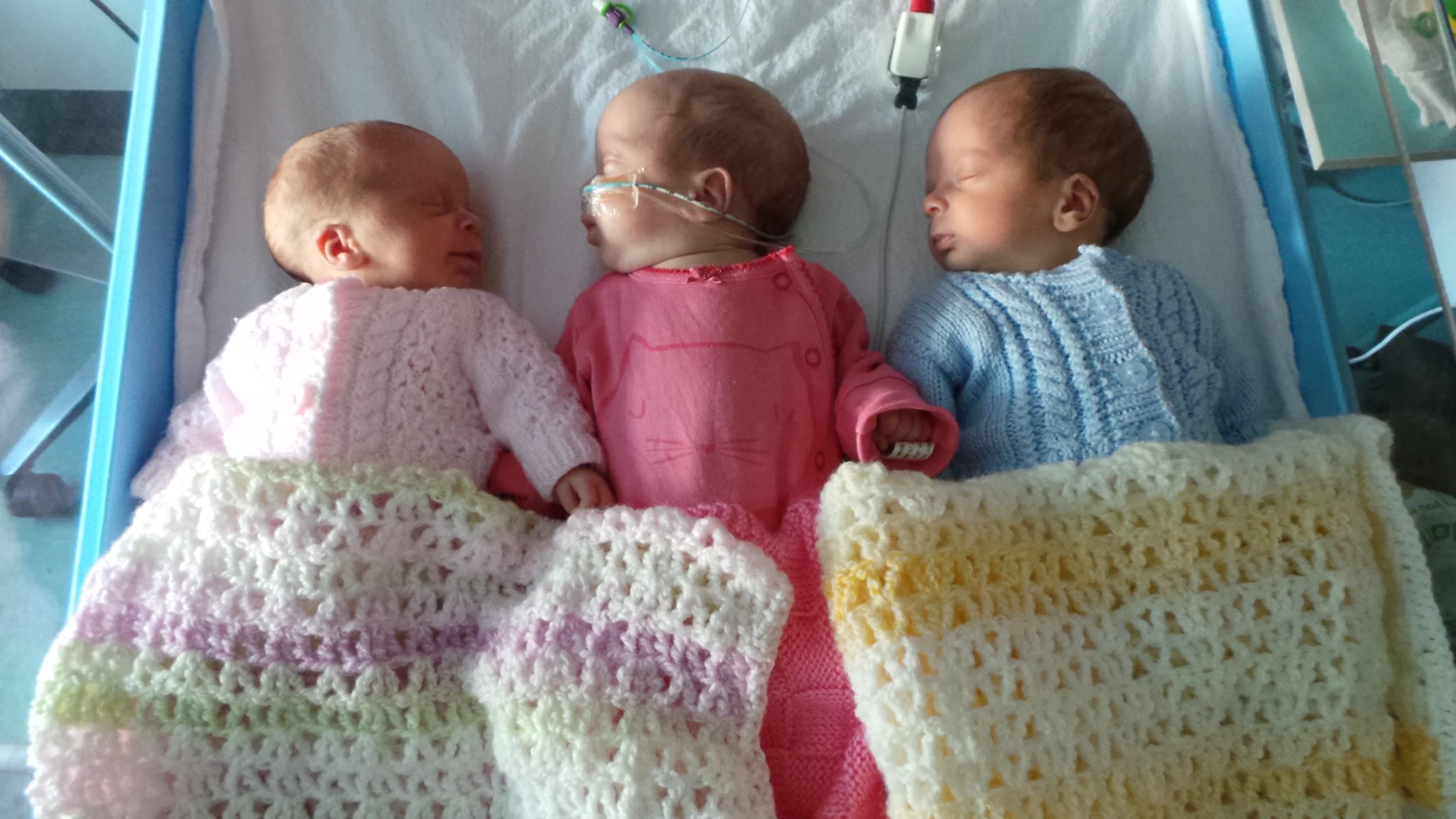By Lorna Cobbett
whose daughter Essie died at 18 months old
1. End of life is only end of life if the child decides it is.
Doctors might tell you that they cannot do anything more and your 13 month old baby daughter is going to be transferred to her children’s hospice for her end of life, but that will only happen if your child decides it is so. Essie entered her end of life phase on 25 March 2017, I expected her to die. And quickly. I was worried she wouldn’t last the ambulance transfer. I didn’t expect her to come home at the end of April 2017. I was confused and didn’t understand. But when we went through another end of life episode and another one, and another one and then the fifth one that ultimately was too much for Essie and she died, I got it. Doctors aren’t in control. I was not in control. Essie was in control. It was up to her to decide when it was her end of life. I remain in awe of my beautiful triplet daughter that will forever be 18 months old. To fight against what medical professionals ‘expect’ and to fight to continue to give us – her Mummy, Daddy and triplet brother and sister – memories. That’s why Essie will forever be my inspiration. She should never have come home from NICU. She should have died the day she was born, given the nature of the brain injury she suffered at birth. But Essie never did anything that was expected. Rules are there to be broken, especially by children.
2. Your child can die at home and you won’t want to put the house on the market immediately.
Essie was diagnosed as life limited at 11 days old while in NICU at St George’s and we knew that she would not live beyond childhood. We were 100% adamant that she was not going to die at home. We thought that this would be the worst thing that could happen to us. We were wrong. Knowing your baby is going to die is the worst thing, that feeling of the air being sucked out of your body and your throat having a permanent lump is the worst thing. When Essie went through her third end of life episode at Chestnut Tree House and came home, we realised what she wanted. Essie wanted to stay at home until she died. She wanted to be around her triplet brother and sister. She wanted her normal and wanted to give us memories to last a lifetime. We moved her care to our house – at night, she had a nurse; by day, she had a carer and her children’s hospice had their community team on standby to help us when needed. Essie flew away to be a shooting star on Sunday 13th August 2017 at 2.12am and it was peaceful. It felt right to have her in our home.
3. A children’s hospice is a home and a place full of life.
Ignore the fact that hospice sounds like hospital, it isn’t. They are very different places. Chestnut Tree House, the children’s hospice that Essie went to from 13 weeks old, became our second home. It is a place where smiles, laughter, memories and life come first. Essie was able to go swimming with her oxygen tubes. Essie did lots of finger dot painting. Essie had lots of cuddles and everyone at Chestnut Tree House adored her. If you have never been to a children’s hospice, go and visit one and be surprised. These are very underfunded places as children’s hospices don’t get the level of funding that adult hospices do. It’s such an injustice and I honestly believe that Chestnut Tree House saved us, individually and as a family. Don’t fear a hospice and know that they can help anyone who has faced the death of a baby or child. If you have a stillbirth, ask to go to a children’s hospice; if your child is really unwell in hospital, ask to be transferred to a children’s hospice; and if your child dies in an accident, ask to go to a children’s hospice. A children’s hospice will give you time, which is so precious and priceless. Time to grieve and time to make memories.
4. Being life limited isn’t the same as having a terminal illness.
Due to the catastrophic brain injury that caused Essie to have a long list of disabilities, no one could tell us when the end would be. We knew that she wouldn’t live beyond childhood but had no idea how many birthdays (if any) or Christmases (if any) Essie would get. Life limited means that every day you wake up and your child could die. It doesn’t mean they are getting worse each day, but the risk that they could die is always there with the rising of the sun each morning. Some days Essie was alert, her epilepsy would be under control and she’d tolerate her feeds (she was only tube fed due to having such an unsafe swallow). Other days, Essie would struggle with any form of stimulation (so we’d stay cuddling on the armchair in her bedroom), we would not be able get her seizures under control without a lot of rescue medication and her feeds would sit in her stomach and not be absorbed. But life limited doesn’t mean that every day you’re losing a part of your child you’ll never get back. You will have good days and you will have bad days. We always tried to find the light and laughter and took as many photos and videos of Essie as possible.
5. Life goes on and you will be ok.
There will be new routines and new ways of keeping your baby’s memory alive. I speak Essie’s name freely and will try to correct people who don’t speak it for fear of upsetting us. We also write Essie’s name (or a little star) in cards. We buy her a birthday card and Essie has her own birthday cake. Don’t get me wrong, I will be grieving forever and cry when I need to, but life is precious and I need to smile and laugh. There will be ways you find to make the child that is no longer in your arms part of your daily life – we say good night to Essie every day and turn fairy lights of little stars on in the bedroom where her pot of ashes are when we put Roman and Eva to bed. I am always going to be a Mummy to triplets. The world might see twins now, but I correct anyone that calls Roman and Eva twins. This is not who they are, and I will never apologise for telling it how it is. Death is a stigma. Baby loss is a stigma. Child disability is a stigma. Grief is a stigma. But its time to end the stigma and to talk about death.
About Lorna Cobbett
Lorna is a Mummy to triplets - Roman, Essie and Eva - who were born on 1st February 2016. Essie was diagnosed as life limited at 11 days old and died aged 18 months on 13 August 2017. Lorna has had to adjust to a motherhood that continues to be an emotional rollercoaster. She was a parent to a severely disabled baby, whilst also making sure Roman and Eva’s development wasn’t impacted. She started her Instagram account to tell Essie’s story and in the hope that it might help one person going through their own journey with a life limited baby. Together with her husband Steve, Lorna raises much needed funds for Chestnut Tree House (the children’s hospice Essie went to) as Team Essie. The many friends, family and strangers who make up Team Essie have raised almost £100,000 since Essie was born. They pay for a day of care at the hospice on 19th April each year, which is known as Essie’s Day.









